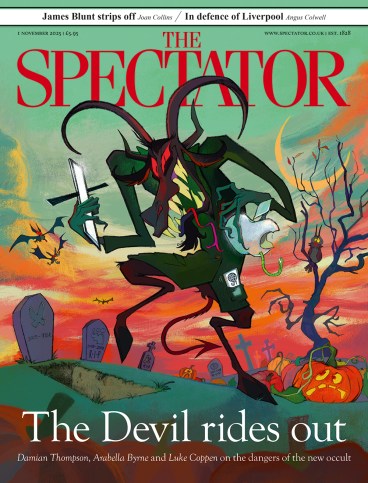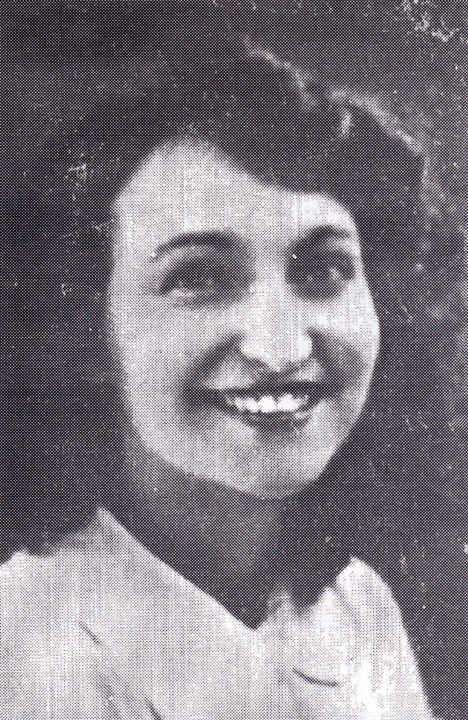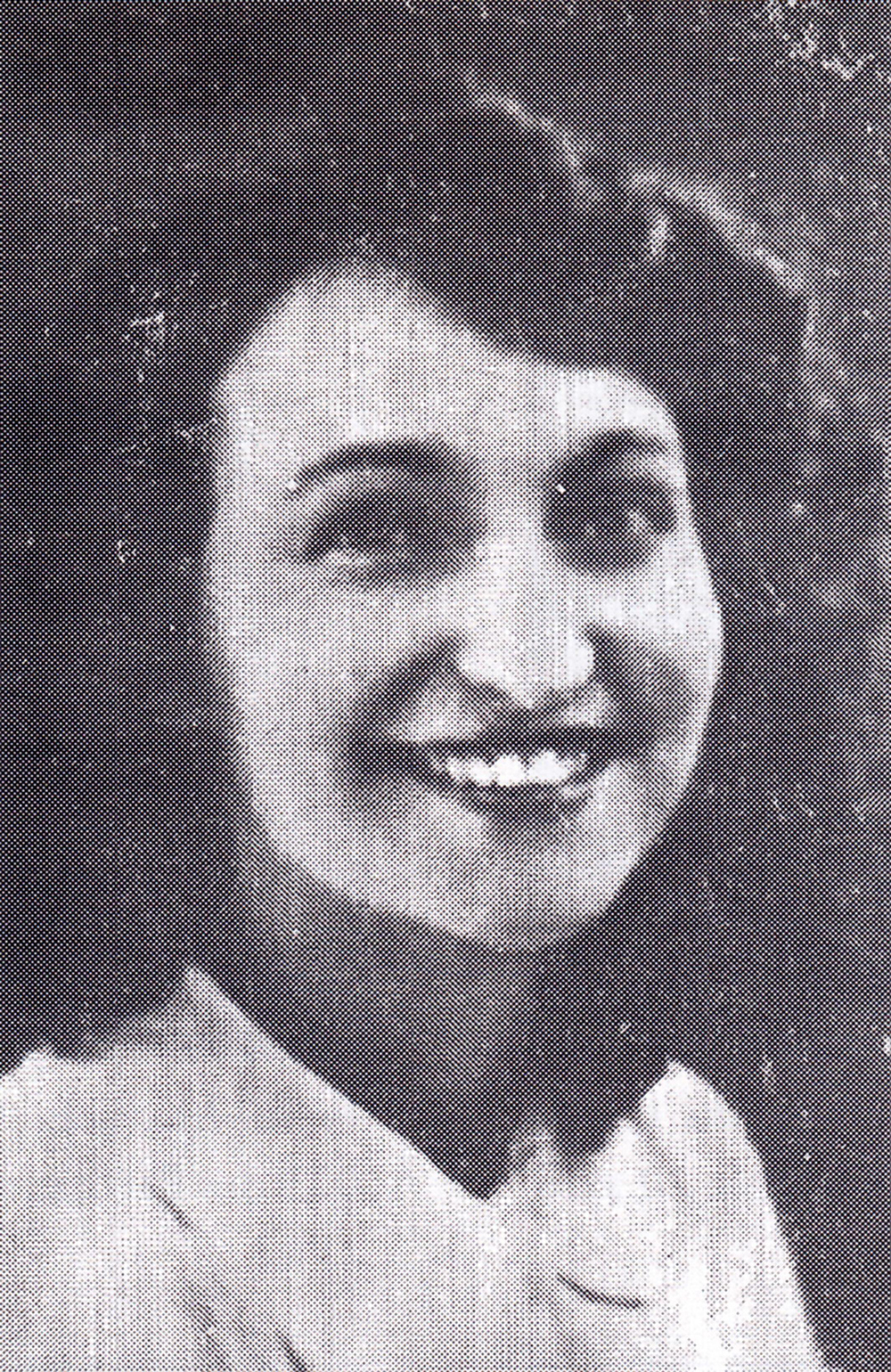
We are familiar with the myths and realities of French resistance and German occupation, but less so with the story of Belgian resistance. It was highly creditable, spanning both world wars, and has long deserved to be better known. This book should help ensure that it is.
The title refers to the legend of the White Lady – la Dame Blanche – whose appearance was said to herald the downfall of the Hohenzollerns, the Kaiser’s dynasty. The name was adopted by a network of 1,084 Belgians who spied for MI6 against the country’s German occupiers during the first world war. According to MI6’s authorised history, this ‘became the most successful single British human intelligence operation’ of that war. By 1918 it had contributed an estimated 70 per cent of tactical intelligence reaching army headquarters from behind the lines. Thus la Dame Blanche really could be said to have contributed to the Kaiser’s downfall.
MI6’s records of both wars were disastrously depleted by file weedings, usually because of lack of space. But recently declassified archives in Belgium and Luxembourg have enabled Helen Fry to add more to our knowledge of these operations than was possible for earlier historians.
She has a predecessor, albeit one who could write only about the first war. Henry Landau was an MI6 officer who, in the 1930s, published an account of la Dame Blanche, whose case officer he was. Serving in Rotterdam, he made contact with the representative of five middle-class Catholic Belgians, an engineer, a physics professor, a priest, a police chief and a banker. They had all been involved with earlier networks penetrated by German counter-intelligence but had re-established themselves with reliable sources. What they lacked was secure communication with the Allies.
The Germans had built an early version of the Cold War’s Iron Curtain along the Belgian border with neutral Holland, guarded, mined and electrified (about 850 people died crossing it). But Landau established half a dozen clandestine crossing points, which were waiting to be used. The network could offer valuable intelligence on German troop movements behind the lines, partly through observation of the railways by women sitting knitting in the windows of rail workers’ cottages – drop stitch for a troop carriage, pearl stitch for an artillery wagon and so on. Intelligence was also smuggled out in buttons, bicycle valves and potatoes. But they needed MI6 to give them equipment, training, money and, above all, secure communications.
There was a condition: they did not, they said, wish to be regarded as spies, but as patriots fighting on behalf of the British army, with – when the war was won – the same ranks, pay, pensions and honours as British soldiers. Landau said he would have to refer this to his chief in London. Rightly, he reckoned the chances of getting War Office agreement overnight to recruit, pay and honour an unknown number of foreign subjects, at least half of whom were women with no equivalents in the British army, were nil. So he didn’t ask, but told them his chief agreed. Come the Armistice, he had to confess all to Mansfield Cumming, who heard him out in silence, then, after a long pause, said he’d fix it. Which he did.
Twenty-two years later, Belgium and Luxembourg were again invaded by Germany, as was Holland. Survivors of la Dame Blanche, along with many of their children, grand-children and friends, re-established themselves as the Clarence network, eventually ranked by MI6 as ‘highest among the networks of military information of all occupied Europe’. But it was a different war. Radio was the principal means of communication; agents were parachuted in (some 300 into Belgium, of whom 100 perished); there were mass deportations and many more civilian casualties. Also, German counter-intelligence, brutal enough before, was now the Gestapo. They tortured, imprisoned and executed not only the suspects themselves but their families. Some Clarence agents even died as a result of Landau having published details of their predecessors.
The network was run throughout by an MI6 man and woman team in London. It provided a great deal of intelligence, usefully catalogued by Fry, including vital early reports on Germany’s V1 and V2 rocket programmes. About 1,547 Clarence people were involved overall, of whom 43 were killed. Fry is at pains to make the point that men and women shared equally in roles, achievements and suffering, with those of aristocratic lineage featuring prominently. After the war they were honoured, as their la Dame Blanche predecessors had been. So, too, were members of the smaller but still very valuable Mill network, established by MI6 as a shadow organisation should Clarence be seriously penetrated.
It is not often that a writer is able to add to history rather than interpret it, but in her exploration of Belgian and Luxembourg archives Fry has done just that.








Comments